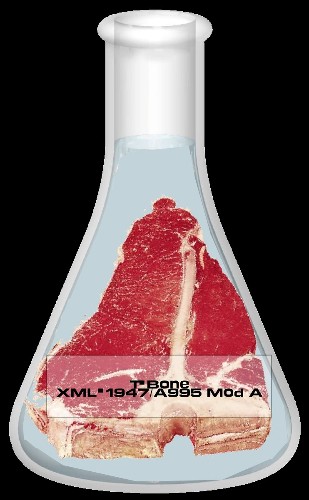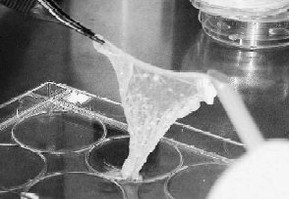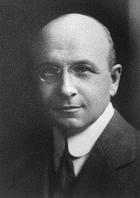Tales of Future Past v2
Main menu
- Home Page
-
Life on Other Worlds
- Life on Other Worlds
- Life on the Planets
- Life on the Moons
- Tales of the Stars
-
Future Living
- Future Living
- Life in 2000 AD
- Leisure
- Shopping
- Drive-In Market
- Cosmetics
- Laundry
- Strikerette
- School: 1999
- Optionics
- Life in 2055
- Future Movies
- Sensorama
- Scopitone
- Radio Pirates
- Weather Control
- Automatic Lumberjack
- Cold Light
- Eternal Youth
- Cryonics
- Suspended Animation
- Space Funeral
- Space Holidays
- Trapped by Television
- Robot Dogs
- Churchill: 1982
- Future House
- Future Kitchen
- Future Food
- Future Work
-
Future City
- Future City
- Skyscraper World
- Tomorrow's Skyline
- Urban Utopias
- World's Fair City
-
Future Transport
- Future Transport
- Rollerball
- Hydrofoil
- Tourism
- Future Liner
- Monorail
- Garden Rail
- Propeller Rail
- Water Rail
- Rocket Trains
- Radio Trains
- Rocket Mail
- Jet Boat
- Desert Liner
- Huge Truck
- Channel Tunnel
- Iron Whale
- Sea Slug
- Sea Slug 2
- Hovercraft
- Ice Field
- Rocket Port
- Vacuum Trains
- Transatlantic Tunnel
- Future Lift
- Travel: 1928
- Concrete Liner
- Teleportation
- Future Car
- Death Rays
Test Tube Meat

We shall escape the absurdity of growing a whole chicken in order to eat the breast or wing by growing these parts separately under a suitable medium.
Winston Churchill
Popular Mechanics
March 1932
 In vitrio meat productionSome people, especially city folk, love eating meat, but are incredibly squeamish about where it comes from. They want their bacon and chops and steaks, but they don't want to be reminded of nasty things like abattoirs and what goes on behind the butcher's counter.
In vitrio meat productionSome people, especially city folk, love eating meat, but are incredibly squeamish about where it comes from. They want their bacon and chops and steaks, but they don't want to be reminded of nasty things like abattoirs and what goes on behind the butcher's counter.
Serve them sausages by all means, but don't use this as a springboard for a lively conversation about what's inside those plump, sizzling skins. Meat comes from the supermarket in neat plastic-
Other people are less sentimental about what their mixed grill would be doing if it wasn't playing the part of breakfast, but they regard all this livestock rearing and slaughtering as infuriatingly inefficient, dirty, and not at all in keeping with a bright technocratic age. Wouldn't it be better, they say in echo of Churchill, if we could just have the drumstick and not have the chicken? The idea that you can grow cuts of meat in a laboratory without dealing with all that animal poo probably got its start at the dawn of Future Past in 1908 when the Nobel laureate Dr. Alexi Carrel (1873-
The idea that you can grow cuts of meat in a laboratory without dealing with all that animal poo probably got its start at the dawn of Future Past in 1908 when the Nobel laureate Dr. Alexi Carrel (1873-
Carrel discovered that not only could he keep the chicken heart tissue alive, but that it doubled in size each day. Even more incredible, the tissue never seemed to age or die. It just kept getting bigger and bigger until it filled its container. At that point, Carrel would remove a tiny piece of the heart tissue, transfer it to a new container, and the whole process would start all over again.
This went on for weeks, months, and then years. When Carrel died in 1944 the chicken heart had been alive and growing for 36 years and had become something of a celebrity with the New York newspapers wishing it a happy birthday every New Year's Day.  Of course, Dr. Carrel didn't just keep piling up container after container of chicken heart tissue around the laboratory. People would have started talking. Every time he started a new batch he discarded the old one. It's a good thing too, because if he'd kept all that growing mass of tissue he'd have needed a container 800,000 miles across to hold it.
Of course, Dr. Carrel didn't just keep piling up container after container of chicken heart tissue around the laboratory. People would have started talking. Every time he started a new batch he discarded the old one. It's a good thing too, because if he'd kept all that growing mass of tissue he'd have needed a container 800,000 miles across to hold it.
And that's a lot of giblets.
It was probably Carrel's work that gave Churchill the idea of growing pot roast sans cow and it did have a certain bizarre appeal. Some writers even envisioned a future device in the kitchen the size of a refrigerator where cuts of meat would be grown to order in a process that gives a whole new meaning to the phrase "Frankenstein food."
Others went back to the source and saw a potential market for spanking-
The aristocrat of Dorm Ten was Herrerra. After ten years with Chlorella he had worked his way up-
He had more than a production job. He was a safety valve. Chicken Little grew and grew, as she had been growing for decades. Since she had started as a lump of heart tissue, she didn't know any better than to grow up against a foreign body and surround it. She didn't know any better than to grow and fill her concrete vault and keep growing, compressing her cells and rupturing them. As long as she got nutrient, she grew. Herrera saw to it that she grew round and plump, that no tissue got old and tough before it was sliced, that one side was not neglected for the other.
So what happened? Why isn't there a chain of Kentucky Fried Chicken Hearts restaurants across the land? One reason was that after Carrel's death the chicken heart died at the hands of a careless lab technician and in the years since no one could duplicate the experiment. They could get heart tissue to grow, but none of the tissue demonstrated the immortality of Carrel's specimen and died in short order. Certainly none of the later attempts grew large enough to break free and menace the countryside, whatever the radio had to say about such goings on.
But the idea of growing meat in the laboratory hasn't gone away. In fact, it's had something of a revival in recent years as scientists not only work on new ways to save astronauts on long-

No one is entirely sure where it will all end, but I feel that I can with confidence predict that one day we will truly perfect the boneless chicken.